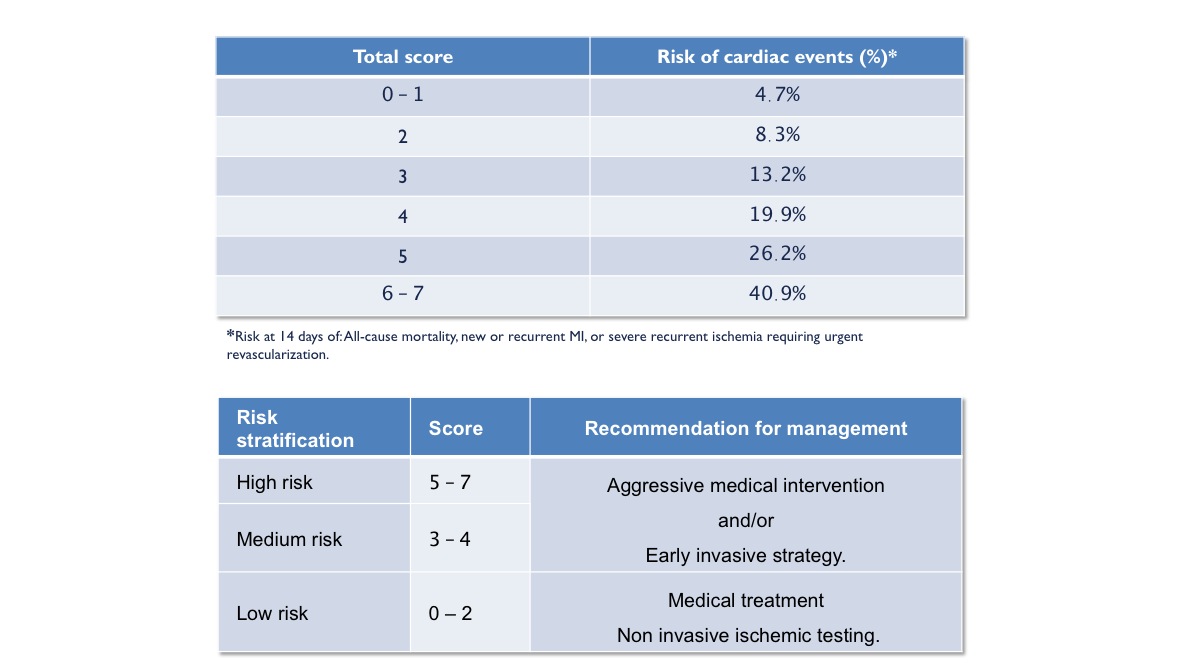

The original GRACE data did not include patients with concomitant SARS-CoV-2 infection. There are eight parameters used to calculate the Global Registry of Acute Coronary Events (GRACE) risk score – age, heart rate, systolic blood pressure, initial creatinine level, Killip class, pre-hospital cardiac arrest, elevated cardiac markers and ST-segment elevation or depression – which are evaluated to calculate the risk of in-hospital mortality. Prognostic scoring systems including the Global Registry of Acute Coronary Events (GRACE) risk score and thrombolysis in myocardial infarction (TIMI) risk score have been reported to be useful in predicting in-hospital and long-term mortality among patients with ACS. These actions include prolonged monitoring of basic vital parameters such as electrocardiogram (ECG), SaO 2, blood pressure or delayed discharge after myocardial infarction. Selecting the group of patients with an unfavorable prognosis makes it possible to take actions that can potentially prevent the occurrence of adverse events. Īll ST-segment elevation myocardial infarction (STEMI) patients should undergo an early assessment of both short-term risk on admission and long-term risk at discharge. Notably, patients with COVID-19 and ACS have rarely been described in reports. Systemic viral infections may generate plaque rupture and thrombosis. Acute coronary syndromes (ACS) remained the leading cause of death and disability all over the world. Cardiovascular complications develop frequently in patients with coronavirus disease 2019 (COVID-19).


 0 kommentar(er)
0 kommentar(er)
